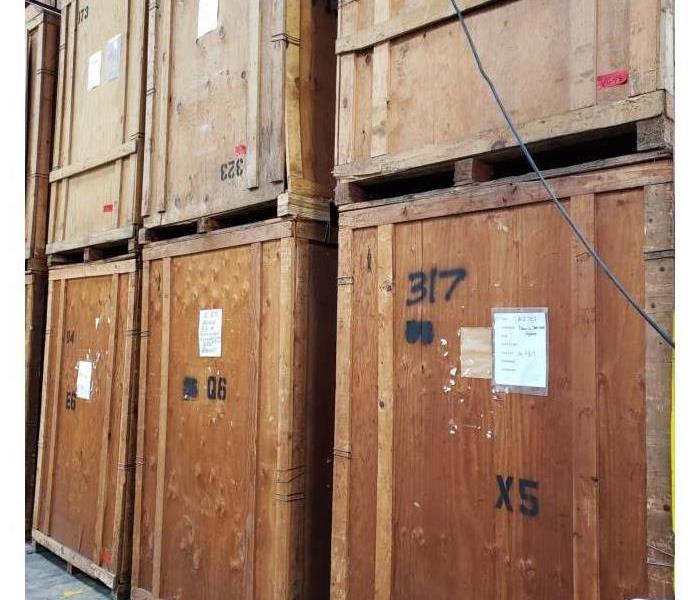Critical Water Damage Insurance Claim Tips
7/5/2022 (Permalink)
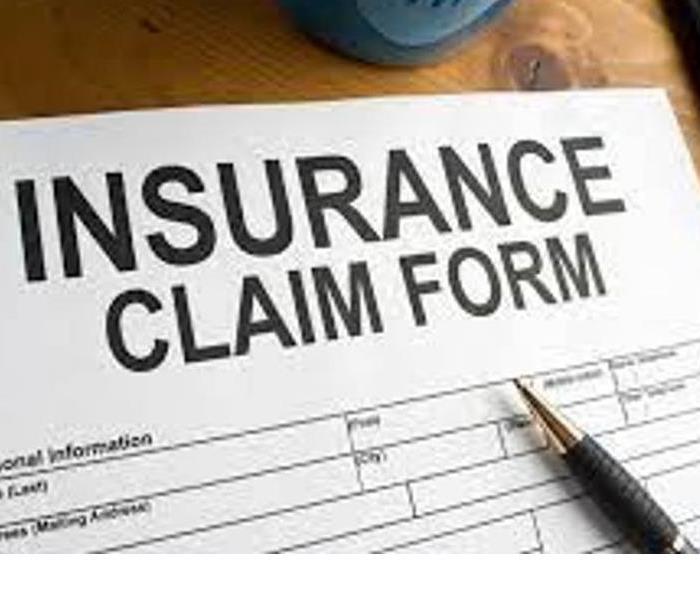 Water is one of the biggest threats to your home and belongings, so it’s critical to know what home insurance covers if your home suffers water damage
Water is one of the biggest threats to your home and belongings, so it’s critical to know what home insurance covers if your home suffers water damage
Year after year and home after home, water damage is among the most common claims filed by homeowners. Renters, condo owners and landlords each year. While many water damage claims are covered by their home insurance policy, many need to be handled by flood insurance.
Since water knows no bounds and can easily sneak into your home through many different forms, let’s take a look at some of the most common types of water damage claims and seven critical tips you should know when dealing with water damage claims.
Common Types of Water Damage Claims
Preventing water damage claims from occurring is the first step in the process, but some just can’t be predicted beforehand. The most common type of water damage is flooding, which is also the most common natural disaster on earth.
Flooding isn’t covered by home insurance. Instead, you must purchase flood insurance to properly protect your home, belongings and financial future.
Aside from flooding, many instances of water damage are covered by your home insurance policy. Things like your home's structure other structures on the property, and your personal belongings are among those items protected by insurance.
Additionally, if water damage temporarily forces you out of your home, loss of use coverage can help to reimburse you for additional living expenses you incur. The following 10 scenarios are among the most common water damage claims filed each year.
- Flooding
- Sewer Backup
- Clogged Toilets
- Heavy Rain
- Melting Snow
- Leaking Roof
- Foundation Cracks
- Plumbing Leaks
- Bursting Pipes
- Broken Appliances
1. File a Claim Quickly
The first thing you’ll want to do when you notice any water damage in your home is to file a home insurance claim. If the water damage was due to flooding, you’ll need to file a claim with your flood insurance provider.
But whatever you do, file a claim first because it gets the ball rolling with your insurance company. Remember that they may be dealing with a lot of similar claims (especially if the water damage was due to a heavy rainstorm, melting snow or flooding), so they’ll likely be working on a first-come, first-served approach.
2. Move Undamaged Possessions From Harm’s Way
After filing a claim, you’ll want to move any of your undamaged possessions out of harm’s way so you’re not dealing with a bigger headache than you need to. If you’re filing a water damage claim, there’s a good chance that you may have many damaged items, so salvaging those undamaged items before the water gets to them will limit your claim and your headaches.
Moving undamaged items out of harm’s way also allows you to see what’s damaged and what’s not damaged. The chances are good that items near the water damage may need to be repaired or replaced even with slight water damage.
3. Document All Damages
After the water damage claim has been filed, you’ll want to document all the damages by taking photos and videos. This means you must document the standing water, if any, and every single item that was damaged by the water.
While it may be tough for you to determine how much water damage you’re facing, documenting everything can make sure you can rebuttal any damage that may be unaccounted for during the claims process.
Having a proper home contents list in place can help you more accurately document the possessions you own, how much you paid for them and the value they still carry. It’s simply a document listing all your possessions, when you bought them, how much you bought them for and any pictures of the items if you have them.
4. Drain Standing Water
After documenting all of your damaged possessions and the areas of your home, you’ll want to drain the standing water. Draining the water helps to prevent further damage, such as the water seeping into your floors and walls and spreading through the wood and flooring.
5. Dry the Water-Damaged Areas
When you drain the standing water sufficiently, your possessions and the floors and walls of your home will likely still be waterlogged, especially if you have carpeting. To dry the water-damaged areas, you’ll need to lift a few corners of the carpet and place fans around the room to dry the affected areas.
Drying the area, especially the walls and carpet, can prevent mold growth. The last thing you want to do after filing a water damage claim is to have black mold spread throughout the affected area and have to file another home insurance claim for mold and remediation removal.
6. Keep All Damaged Items
Even after you dry the area affected by water damage, you’ll want to keep all of your water-damaged possessions until your insurance adjuster has had a chance to thoroughly examine them and make an assessment as to how much money you’ll get to repair or replace your items.
The last thing you want to do is throw away your items prematurely, so it’s best to wait until you’re authorized by your insurer in writing that it’s OK to dispose of the items. After all, they may need to determine how much you'll get for your items, especially if they’re factoring in depreciation.
7. Begin the Recovery Process
Unless something like your roof or walls have been extensively damaged and continue to allow water inside your home, you’ll want to hold off on making any repairs until you’ve been authorized to do so by your insurer.
Waiting for their authorization prevents the risk of making repairs that aren’t factored into the total claim value. But if your roof or walls are leaking, it’s OK to throw up a tarp or plywood to prevent further water damage.
Why do I need a restoration company?
7/21/2021 (Permalink)
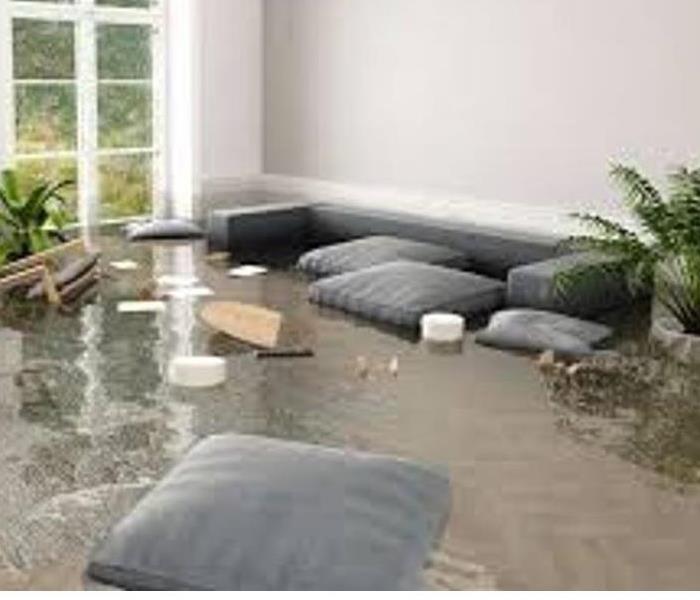 Benefits of Hiring a Water Damage Professional
Benefits of Hiring a Water Damage Professional
Benefits of Hiring a Water Damage Professional
Water damage is one of the most stressful things that a business owner in Kendall County can face. The bad part of water damage is that it can continue to cause damage as long as it remains untreated for quite some time. For instance, the development of mold, wood rotting, rusting of metallic materials, as well as the development of other toxins, can subject the business owner or persons working or living in such premises to a serious health threat.
When in such a situation, it is important to seek professional water damage cleanup services from a professional restoration company such as SERVPRO of Kendall County. As a business owner, you have to make an immediate decision and find the right contractor to help you out. Although the cleanup can be a DIY exercise, it is very important to consider seeking cleanup services from an experienced and reputable water damage cleanup and restoration company. Every job requires expertise and skills for it to be done quickly and smoothly.
So why do you need professional water damage cleanup company help?
Prompt Response
The cleanup and restoration after a water damage emergency is much easier and faster whenever a professional contractor does it. A majority of professional contractors have the necessary tools to help them do the cleanup and restoration work quickly without difficulties or hassles. In addition to modern equipment, they employ a lot of manpower to speed up the cleanup process. You can rest assured that your business will be ready for normal operations within the shortest time possible.
Prevent Secondary Destruction
Although a business owner can manage to get rid of water and do some bit of cleaning, it is much more difficult to prevent the development of mold and mildew growth on the walls, cabinets, doors, basements, windows, and other places that were in contact with water. Professionals have the necessary tools and safe disinfectants to protect your property.
Eliminate Health Threats
Depending on the source of the flood or the water damage, the chances of a disease outbreak are high. There could be potentially harmful bacteria, among other microorganisms, that can cause adverse health effects. For instance, floodwaters and sewage need to be addressed by professional water damage from SERVPRO of Kendall County. A professional has knowledge of what more actions and precautions to take to protect your business from potential health hazards.
Tips Before and After a Fire
7/24/2020 (Permalink)
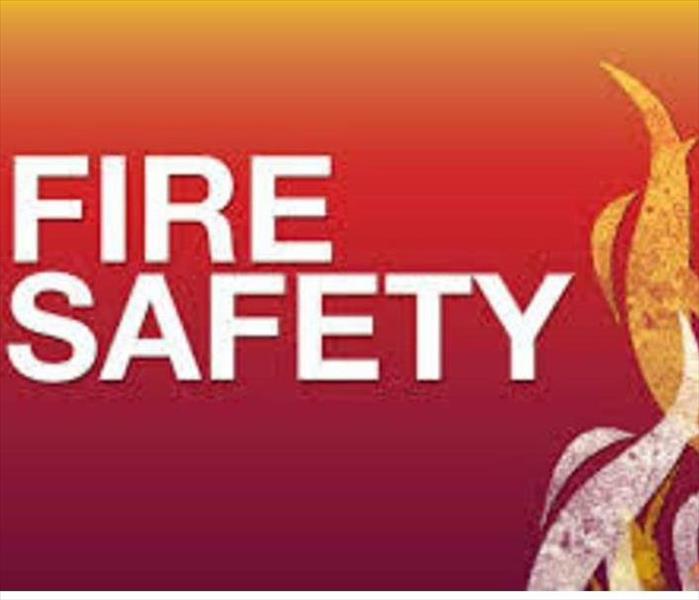 Excellent Tips Before and After a Fire
Excellent Tips Before and After a Fire
Before a Fire
Create and Practice a Fire Escape Plan
In the event of a fire, remember that every second counts. Escape plans help you get out of your home quickly. Twice each year, practice your home fire escape plan. Some helpful tips to consider when preparing this plan include:
- Find two ways to get out of each room in the event the primary way is blocked by fire or smoke.
- A secondary route might be a window onto a neighboring roof or a collapsible ladder for escape from upper story windows.
- Make sure that windows are not stuck, screens can be taken out quickly and that security bars can be properly opened.
- Practice feeling your way out of the house in the dark or with your eyes closed.
- Teach children not to hide from firefighters.
Smoke Alarms
A working smoke alarm significantly increases your chances of surviving a deadly home fire.
- Install both ionization AND photoelectric smoke alarms, OR dual sensor smoke alarms, which contain both ionization and photoelectric smoke sensors.
- Test batteries monthly.
- Replace batteries in battery-powered and hard-wired smoke alarms at least once a year.
- Install smoke alarms on every level of your home, including the basement, both inside and outside of sleeping areas.
- Replace the entire smoke alarm unit every 8-10 years or according to the manufacturer’s instructions.
- Never disable a smoke alarm while cooking – it can be a deadly mistake.
More Fire Safety Tips
- Make digital copies of valuable documents and records like birth certificates.
- Sleep with your door closed.
- Contact your local fire department for information on training on the proper use and maintenance of fire extinguishers.
- Consider installing an automatic fire sprinkler system in your residence.
After a Fire
The following checklist serves as a quick reference and guides for you to follow after a fire strikes.
- Contact your local disaster relief service, such as The Red Cross, if you need temporary housing, food, and medicines.
- If you are insured, contact your insurance company for detailed instructions on protecting your property, conducting inventory, and contacting SERVPRO of Kendall County.
- Check with the fire department to make sure your residence is safe to enter. Watch out for any structural damage caused by the fire.
- The fire department should make sure that utilities are either safe to use or are disconnected before they leave the site. DO NOT attempt to reconnect utilities yourself.
- Conduct an inventory of damaged property and items. Do not throw away any damaged goods until after an inventory is made.
- Begin saving receipts for any money you spend related to fire loss. The receipts may be needed later by the insurance company and for verifying losses claimed on your income tax.
- Notify your mortgage company of the fire.
Fires in your home can be an overwhelming experience SERVPRO of Kendall County can help you and your family navigate through this difficult time.
Temperature-controlled Warehouse
8/20/2019 (Permalink)
So, your home floods, or have had a recent fire. What happens to all your property that isn't ruined, but need the items to be taken out of the home for cleaning or to be stored? At SERVPRO of Kendall County we have a roughly 10,000 square foot temperature-controlled warehouse with vaults to keep your furniture, valuables, etc. We have content employees that will have all your items cleaned and properly stored. We clean items on site, smoke and soot removal are all services we provide. Our employees enter every single item into a program, so that you will know where your property is at all times and you will have access to your property when necessary. Along with restoration, we are a full-service Content cleaning and management company.
Summer Fun and Bonfires
7/22/2019 (Permalink)
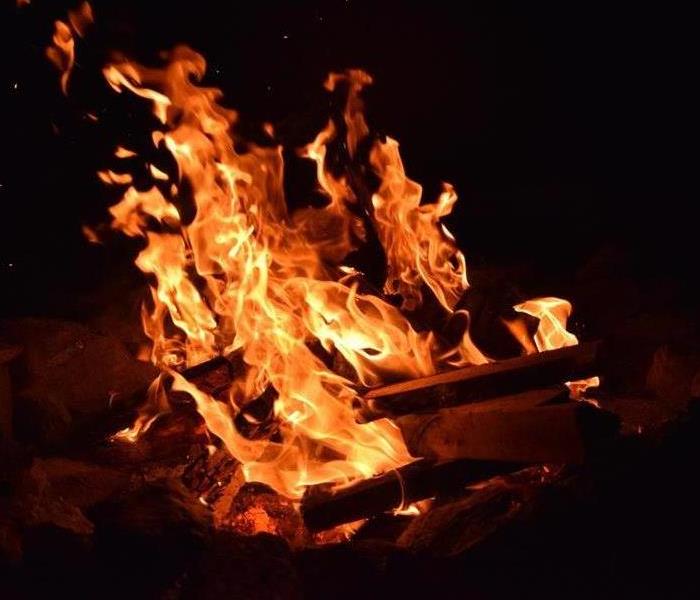
Before building a fire, you should make sure that it is safe and permissible to build the fire. Though there are a number of factors to consider, a general rule is that campfires should not be built when wind speeds are above 15 mph. Campfires are at lower risk of spreading when it is raining, the ground is wet or the temperature is low. In severely dry conditions, governmental authorities may ban all burning. A quick call to a park ranger, fire department or the police should help you to determine if there is a burning ban.
It is important that you make certain that the campfire is fully extinguished before leaving the fire or going to sleep. Large chunks of wood will burn for a long period of time and should not be added to the fire late at night. When putting the fire out, you should knock the wood down flat on the ground. Water should be poured over the fire and the coals and wood turned on the wet ground to extinguish both sides. Only after the fire is cool to the touch is it safe to be left alone.
Checking Your Smoke Detector…
4/26/2018 (Permalink)
 SERVPRO of Kendall County believes in Safety First
SERVPRO of Kendall County believes in Safety First
The National Fire Protection Association’s (NFPA) survey data shows that the public has many misconceptions about smoke alarms, which may put them at increased risk in the event of a home fire. For example, only a small percentage of people know how old their smoke alarms are, how many they should actually have in their homes or how often they need to be replaced. NFPA focuses on these key messages:
- Smoke alarms should be replaced every 10 years, regardless of battery changing.
- Make sure you know how old all the smoke alarms are in your home.
- To find out how old a smoke alarm is, look at the date of manufacture on the back of the alarm; the alarm should be replaced 10 years from that date.
Here’s how to check:
- Remove the smoke alarm from the wall/ceiling.
- Look at the back of the alarm for the date of manufacture
- Smoke alarms should be replaced 10 years from the date of manufacture
- Put the alarm back on the ceiling/wall if it is less than 10 years old.
Other tips:
- Install smoke alarms in every bedroom, outside each separate sleeping area, and on every level of the home, including the basement. Larger homes may need more alarms. For the best protection, make sure all smoke alarms are interconnected. When one sounds, they all sound.
- Test smoke alarms at least once a month by pushing the test button
- If the smoke alarm sounds, get outside/ go to your outside meeting place. ( Preplan with children so they are aware of what to do.)
- A closed door may slow the spread of smoke, heat & fire
- Call the fire department from a cell phone or neighbor’s phone. Stay outside until the fire department says it’s safe to go back inside.
- Practice your home fire drill twice a year. Conduct one at night and one during the day with everyone in your home, and practice different ways out.
- Teach children how to escape on their own in case you can't help.
- Make sure the number on your home is clearly marked and easy for the fire department to find. Some people prefer to paint numbers on curbs- ask your local City Council for more information.
- Once you get outside, stay outside. Never go back inside a burning building.
Firefighters are also encouraging smokers to make sure they throw out butts and ashes correctly because it only takes something small to spark a fire if the conditions are dry.
 Water is one of the biggest threats to your home and belongings, so it’s critical to know what home insurance covers if your home suffers water damage
Water is one of the biggest threats to your home and belongings, so it’s critical to know what home insurance covers if your home suffers water damage





 24/7 Emergency Service
24/7 Emergency Service


